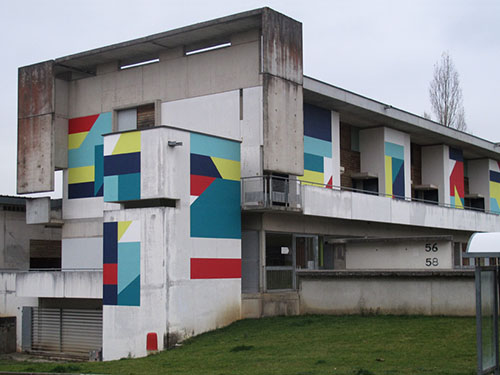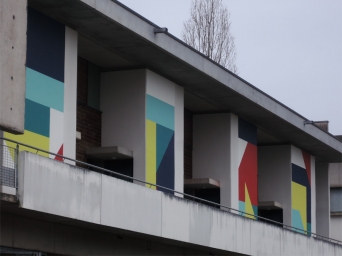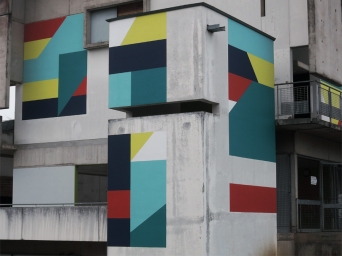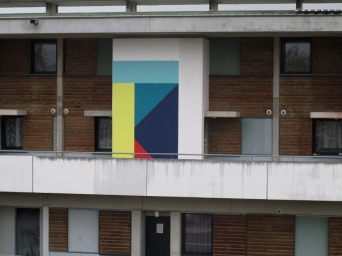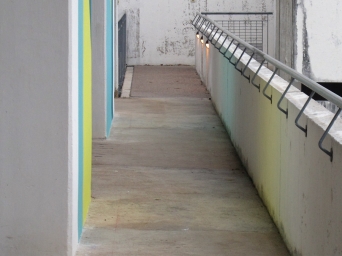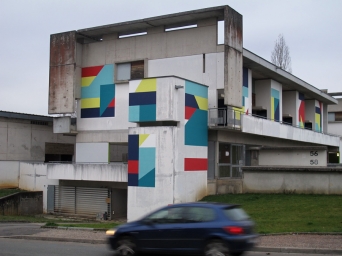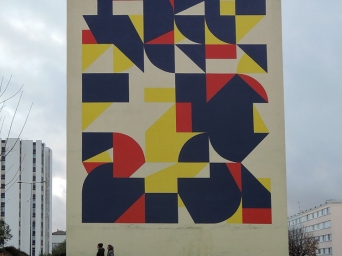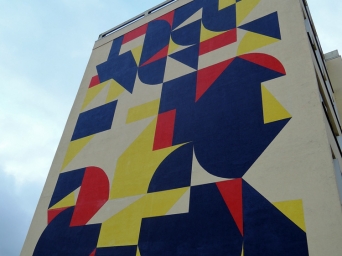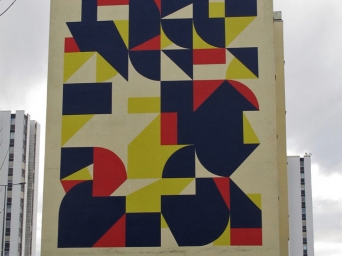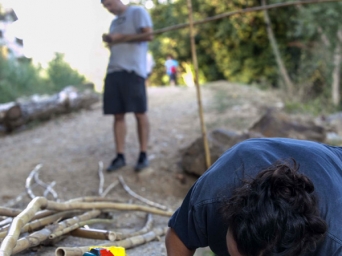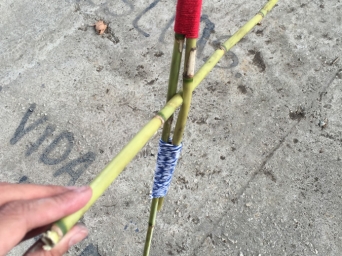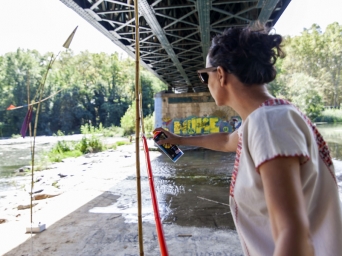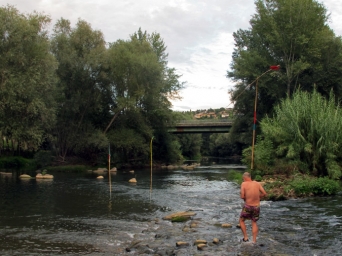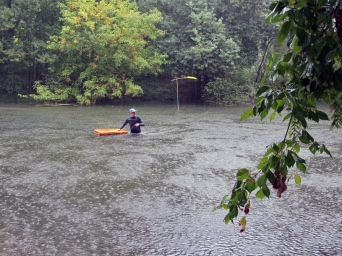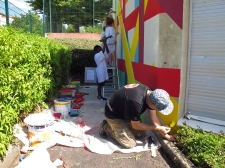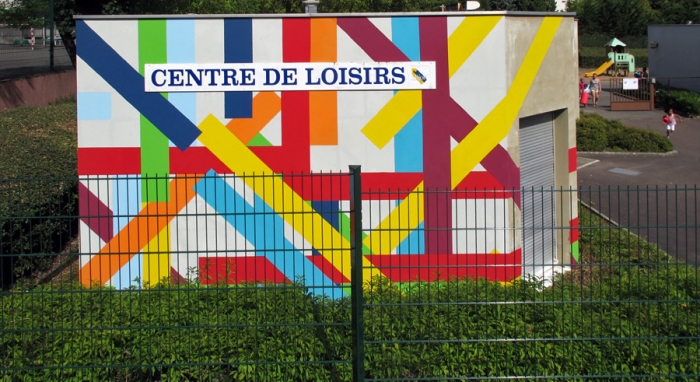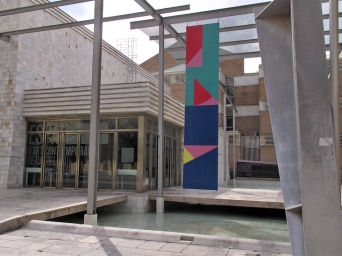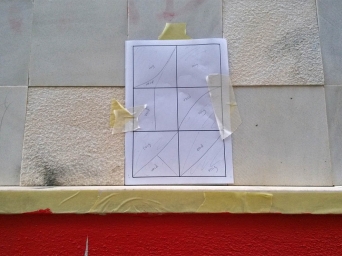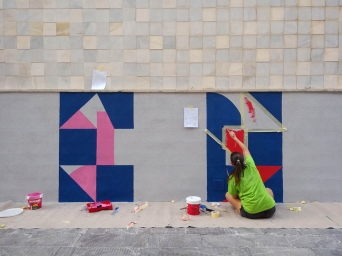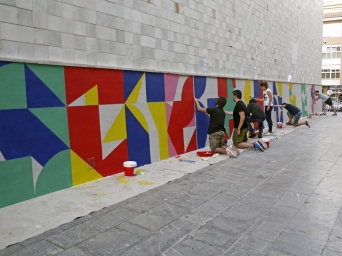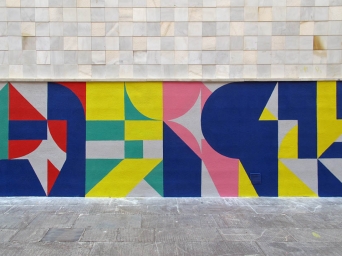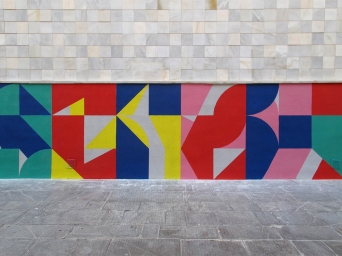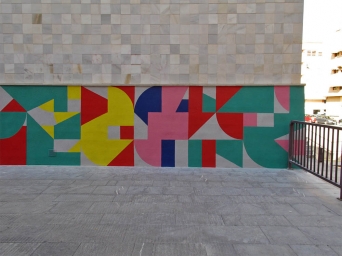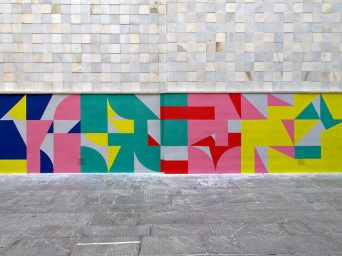Peinture générative
Centre de santé “Cotolino II”
Castro Urdiales, Espagne 06/2017
Category: page_outdoor
Modo n.º16
Peinture participative et générative
Quartier de la Grette
Besançon, France 04/2017
10 jours avec 180 participants – projet organisé par l’association Juste Ici dans le cadre d’un CLEA avec les écoles primaires de la Butte et de la Grette.
Merci à toute l’équipe de Juste Ici, aux volontaires, à la MJC Grette-Butte, aux résidents des 408, aux enseignants et surtout à tous les élèves des écoles de la Butte et de la Grette.
Clos Adonis
Composition sur bâtiment
Bâtiment HLM “Clos Adonis”
Chaumont, France 11/2016
Projet sélectionné dans le cadre de l’appel à projet 2016 sur l’Art Urbain du ministère de la Culture et de la Communication.
Production : Le Chien à Plumes
Merci à Benjamin Venck, Le Chien à Plumes, Naps et le bailleur social Chaumont Habitat.
Modo n.º14
Peinture générative
Bâtiment HLM “Les Lilas”
Langres, France 11/2016
Projet sélectionné dans le cadre de l’appel à projet 2016 sur l’Art Urbain du ministère de la Culture et de la Communication.
Production : Le Chien à Plumes
Merci à Benjamin Venck, Le Chien à Plumes, Naps et le bailleur social Hamaris.
Photos par Benjamin Venck et Eltono.
Corrientes
Corrientes
Festival Milestone
Gérone, Espagne
Septembre 2016
Projet en collaboration avec Nuria Mora.
15 sculptures cinétiques installées dans la rivière Ter utilisant le courant pour générer le mouvement.
Photos de Miguel Water, Nuria Mora et Eltono.
Un grand merci à Dani pour son aide inestimable.
Modo n.º10
Modo n.º8
Modo n.º6
Peinture participative et générative
EACC, Centre d’Art Contemporain de Castellon
Castellon, Espagne 10/2016
5 jours et 43 participants – projet commissionné par Pascual Arnal pour le EACC avec la collaboration de l’école d’Art i Superior de Disseny et des lycées La Plana de Castellon et el Broch i Llop de Villareal.
Photos par Pascual Arnal et Eltono.









